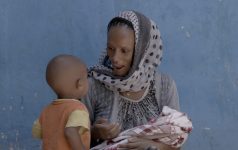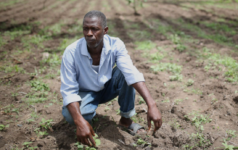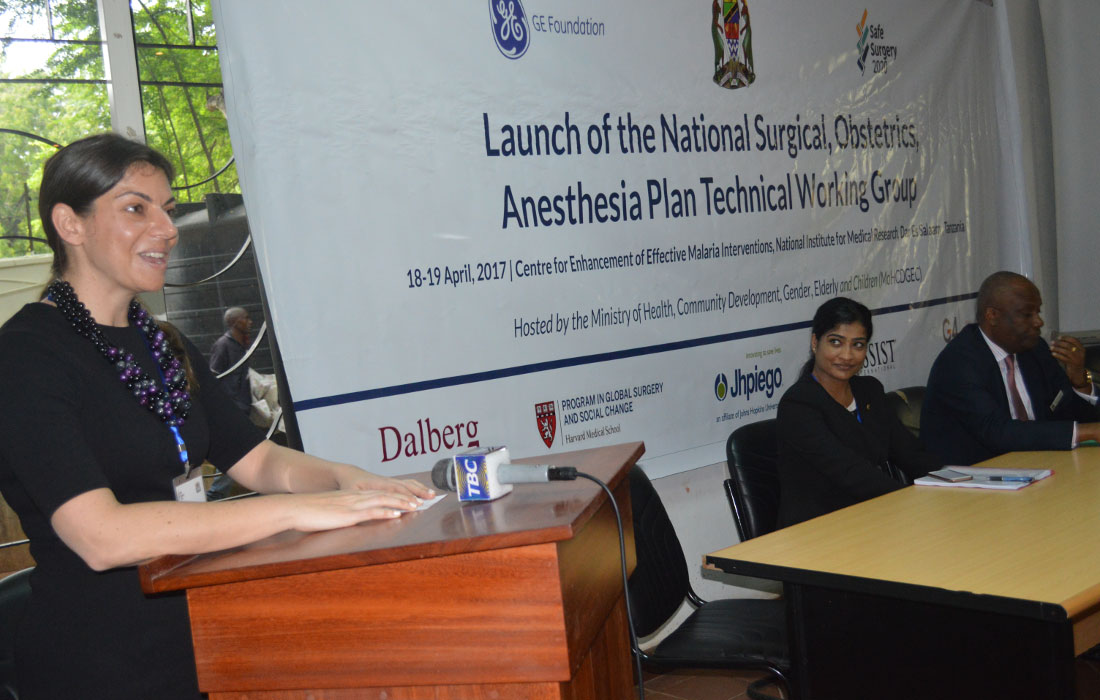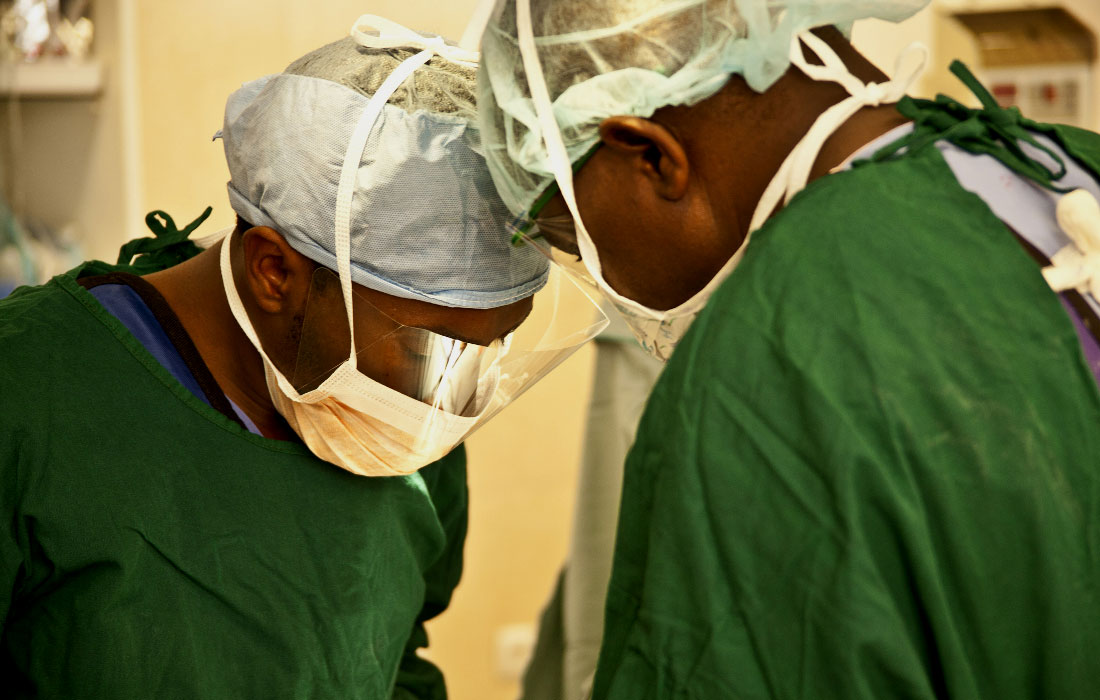Dalberg uses cookies and related technologies to improve the way the site functions. A cookie is a text file that is stored on your device. We use these text files for functionality such as to analyze our traffic or to personalize content. You can easily control how we use cookies on your device by adjusting the settings below, and you may also change those settings at any time by visiting our privacy policy page.
Giving birth should be a special experience for a mother, child and family. But for too many women, pregnancy-related complications lead to death or disability.
The maternal mortality ratio in Tanzania is currently standing at 556 per 100,000 live births. Improving access to safe surgical and obstetric care has been identified by global health experts as an essential strategy for bending the curve on preventable maternal mortality.
According to the study, Global Burden of Disease 2015, nearly 20 per cent of deaths in Tanzania were attributable to conditions that can be addressed through surgical and obstetric care, while 3.96 per cent of all maternal mortality in Tanzania is anaesthesia related.
To address the high rate of mortality, the Ministry of Health, Community Development, Gender, Elderly and Children (MoHCDGEC) has entered into a partnership with the GE Foundation to launch the ‘Safe Surgery 2020’ initiative in Tanzania.
“Imagine being unable to access surgical treatment for life-threatening and disabling conditions like an emergency caesarian section, maternal haemorrhage, road accidents, and others,” said Ms Asha Varghese, Director of Global Health at the GE Foundation during the launch of the National Surgical, Obstetric and Anaesthesia plan in April this year. “This is the unfortunate reality for 5 billion people globally who lack access to safe surgery.”
Why is a national surgical, obstetric, anesthesia plan so important?
The national plan will seek to address many of the key gaps that currently exist in Tanzania that prevent access to surgical care to save lives. Currently, only 51 per cent of district, regional and zonal government hospitals are ready to perform surgery, and rural facilities where 68 per cent of the Tanzania population lives, are less able to support surgery and anaesthesia than urban facilities.
A number of key gaps exist, this includes:
– Lack of sufficient providers: The Lancet commission on Global Surgery recommended ratio of surgical, obstetric and anaesthesia (SAO) providers is 20 per 100,000 population.
Tanzania has an estimated 177 specialist surgeons (0.36 per 100,000 population) and 22 anaesthesiologists (0.05 per 100,000 population). To further compound the workforce issue, 85 per cent of surgeons practice in major cities primarily Dar es Salaam leaving most of the regions understaffed.
– Insufficient infrastructure: Water, oxygen supply and electricity are key components necessary for safe surgery to be possible. However, in a study conducted by Stafford et al in 2014, only 52 per cent of first-level surgical facilities have a reliable water source and only 42 per cent of the first-level facilities have consistent oxygen supply.
These challenges have severe effects on the performance and quality of surgery because infrastructure and equipment deficits prevent facilities from performing procedures required at their level. While oxygen shortage frequently leads to cancellations of procedures especially at lower level facilities.
– Of equal importance is access to safe blood. In 2014, blood supply met only 30 per cent of the national need. Currently, non-relative voluntary blood donation is insufficient and many surgeries require family donation.
– Insufficient facilities with surgical care capability: On infrastructure, a WHO study in 2012 found that the average patient in Tanzania lives 119 km from a facility that can provide surgery.
This could mean at least 6 hours travel time but often more due to poor road infrastructure, lack of functional ambulances and reliance on walking. If a patient is lucky, they can use private vehicles or support from ambulances or police vehicles.
A solution
In order to address these challenges, the MoHCDGEC and PORALG, in collaboration with Safe Surgery 2020 have prioritised the development of a National Surgical Obstetric and Anaesthesia Plan (NSOAP), which will lead into action-focused activities and programs implemented in Tanzania.
The realisation of this plan will require the participation of various stakeholders who can mobilise resources and advocate in a harmonised and collective manner.
Tanzania is one of the first countries in Sub-Saharan Africa to embark on this national planning process and will set an example for many other countries to follow.








